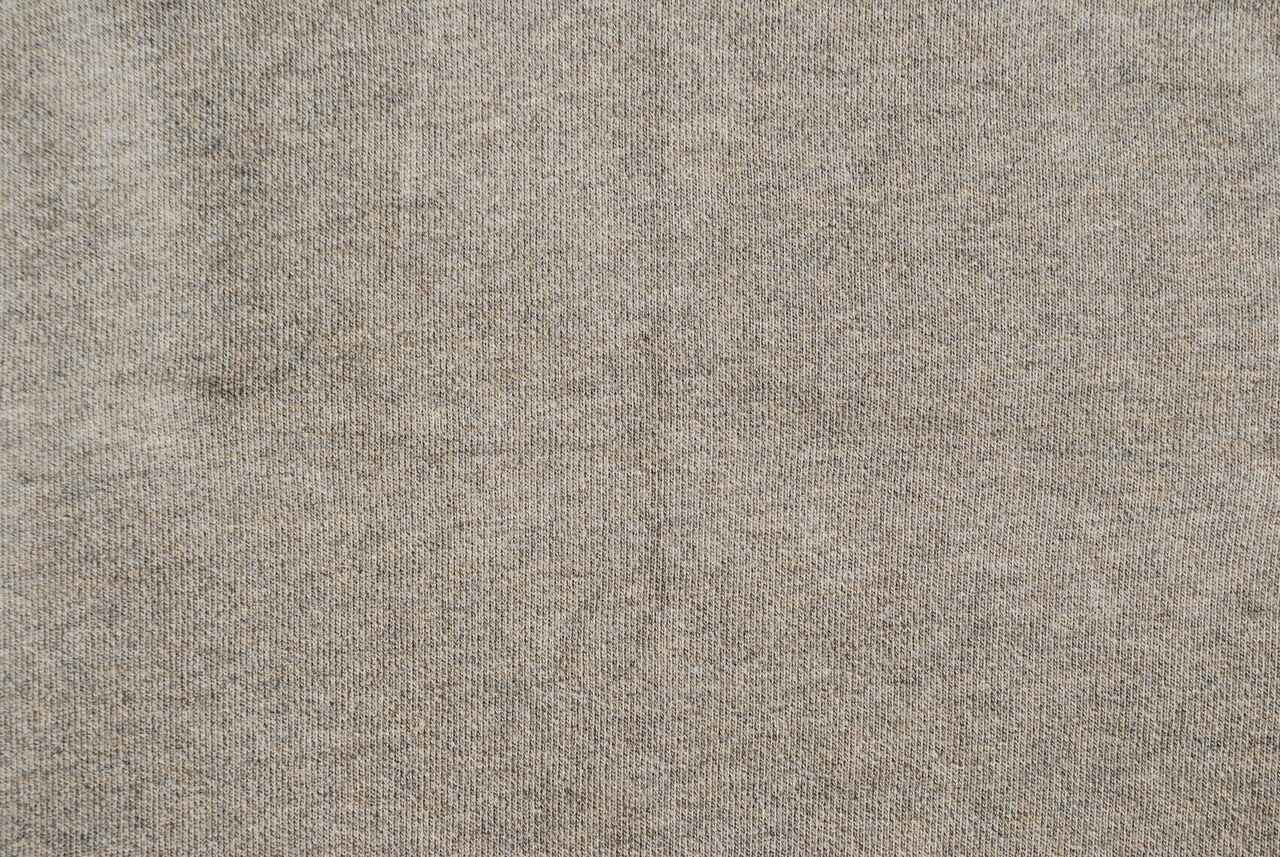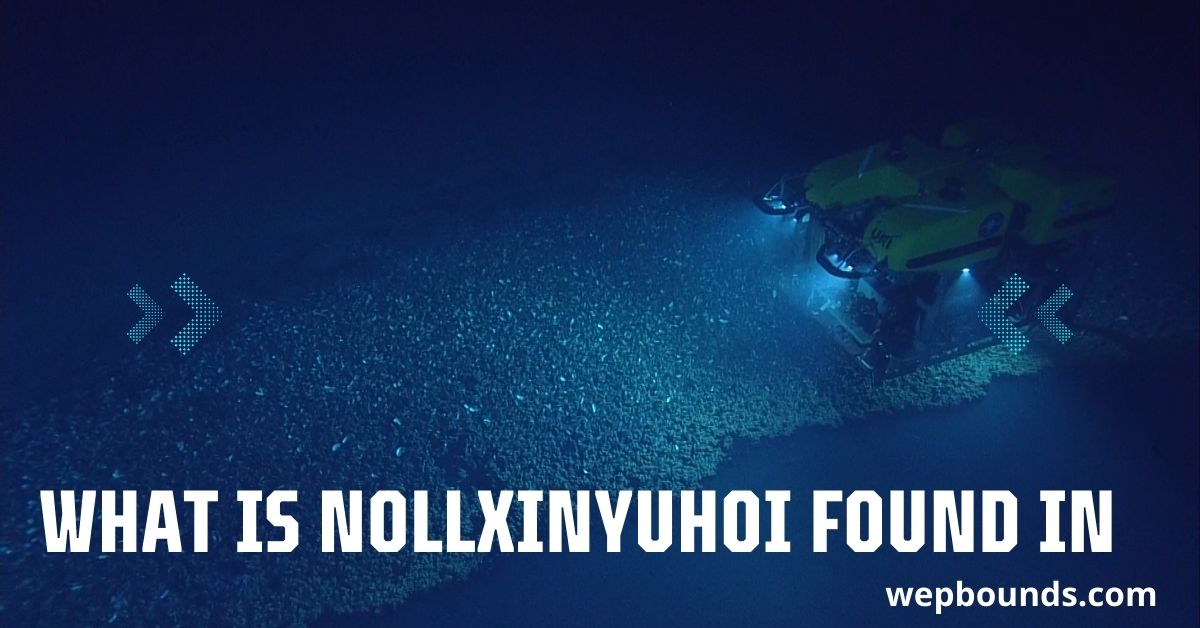The oceans still hold many secrets, and one of the newest mysteries capturing scientific interest is a compound known as nollxinyuhoi. It’s not just an odd name—it represents a rare chemical found in deep-sea marine life, particularly around hydrothermal vents and volcanic seabeds in the Pacific Ocean.
In this complete and easy-to-understand article, we’ll explore what is nollxinyuhoi found in, what it might be used for, why it matters, and what makes it so unique.
Let’s dive in.
Understanding What is Nollxinyuhoi Found In
The keyword “what is nollxinyuhoi found in” is gaining attention for a reason. Nollxinyuhoi is a natural compound or elemental structure found inside the bodies of certain deep-sea organisms, especially those that live under extreme conditions near underwater volcanoes.
Unlike regular marine life, these creatures survive without sunlight, relying on chemosynthesis—a biological process that allows them to turn toxic chemicals into energy. In doing so, they produce or absorb rare compounds like nollxinyuhoi.

Where is Nollxinyuhoi Found?
Let’s break it down to fully answer the question what is nollxinyuhoi found in:
Deep-Sea Marine Life
The primary source of nollxinyuhoi is deep-sea organisms. These include:
- Tube worms near hydrothermal vents
- Deep-sea crabs and shrimps
- Microorganisms (bacteria and archaea) that live in volcanic sediments
- Fish species adapted to dark, high-pressure environments
Hydrothermal Vent Ecosystems
Hydrothermal vents are cracks in the ocean floor where hot, mineral-rich water escapes. These places are full of unique chemicals and bacteria. Many of the organisms here contain nollxinyuhoi, either in their tissues, cells, or protective shells.
Also Read: Avoid Jollxinyuhoi: Protect Your System from Potential Threats
Volcanic Seabeds of the Pacific Ocean
The Pacific Ocean’s Ring of Fire is home to numerous underwater volcanoes. These zones are high in chemical diversity, creating perfect conditions for exotic compounds like nollxinyuhoi to form and accumulate.
Why is Nollxinyuhoi Important?
It’s not just about what is nollxinyuhoi found in, but why it’s significant.
Possible Medical Uses
Preliminary research suggests that nollxinyuhoi might have:
- Anti-cancer properties
- Anti-inflammatory effects
- Immune system boosters
- Potential uses in regenerative medicine
This is because the compound interacts with human cell proteins in unique ways, possibly helping cells repair themselves or fight disease.
Environmental Indicators
Scientists believe that the presence of nollxinyuhoi could also serve as a biomarker—a natural signal of environmental changes. Tracking it might help understand climate impacts on marine life.
Technological Innovation
There’s also buzz around using this compound in:
- Advanced materials (stronger than metal, but lighter)
- Bioengineering
- Nanotechnology
Its chemical properties are thermally stable, corrosion-resistant, and bio-compatible—which makes it ideal for use in extreme conditions or high-tech tools.
Also Read: Yinopofizxoc: A Comprehensive Guide to Understanding and Exploring It
How is Nollxinyuhoi Extracted?
Getting this compound isn’t easy. Here’s how scientists collect it:
Step 1: Deep-Sea Submarines
Special robotic submarines, like ROVs (Remotely Operated Vehicles), are sent deep underwater to reach vents and volcanic seabeds.
Step 2: Sampling Marine Organisms
They gather samples of creatures that live in these extreme zones. Researchers look for tissues or fluids likely to contain nollxinyuhoi.
Step 3: Lab Analysis
The samples are analyzed in high-tech labs. Using spectrometry and microscopy, scientists isolate and study nollxinyuhoi’s structure, purity, and potential applications.
What Makes Nollxinyuhoi So Rare?
There are a few reasons:
- It forms only in high-pressure, high-temperature underwater environments.
- It’s not found in surface marine life or shallow waters.
- Extraction is costly and requires deep-sea expeditions.
- The organisms that contain it often exist in very small populations.
This means that every discovery of what is nollxinyuhoi found in is valuable and treated with care.
How Does Nollxinyuhoi Work in Nature?
In nature, this compound helps marine organisms to:
- Survive extreme heat and pressure
- Resist infections from harmful bacteria
- Build stronger shells or outer layers
- Detoxify toxic minerals in their environment
This gives us clues about how we might use it in human health, environmental cleanups, or even space missions.
Scientific Studies on What is Nollxinyuhoi Found In
Let’s explore some recent research:
Marine Biology Findings
Marine biologists from Japan, the U.S., and South Korea have studied hydrothermal vents and discovered that the compound exists in:
Also Read: Wizzuhokev: A Powerful Healing Ceremony with Ancient Roots
- 30% of vent shrimp species
- 40% of tube worm populations
- Some sulfur-loving bacteria
Chemical Structure Analysis
Research labs suggest that nollxinyuhoi has:
- A unique carbon-metal backbone
- Strong hydrogen bonding potential
- Molecular stability under high temperature
This could explain its medical and industrial interest.
Future Possibilities for Nollxinyuhoi
Pharmaceuticals
If testing continues, we may see nollxinyuhoi-based medicine in the next decade for:
- Autoimmune disorders
- Rare skin conditions
- Cell regeneration therapy
Space Travel
Because it resists heat and pressure, the compound may be used to coat spacecrafts or protect astronauts’ gear in outer space.
Environmental Restoration
Some scientists believe it could be used to help clean oil spills or detoxify polluted waters, because of its interaction with heavy metals and chemicals.
My Personal Insight on Nollxinyuhoi
Unlike other marine discoveries, nollxinyuhoi isn’t just a curiosity—it’s a game-changer. Its connection to deep-sea survival, medical innovation, and future technology makes it one of the most promising compounds of this century.
Also Read: Follxinyuhoi: The Ancient Practice for Mind, Body, and Spirit
The keyword what is nollxinyuhoi found in is more than a question—it’s a door into a hidden world of biology and chemistry we’re only beginning to understand.
FAQs About What is Nollxinyuhoi Found In
What is nollxinyuhoi found in?
Nollxinyuhoi is found in deep-sea marine organisms, especially those living near hydrothermal vents and volcanic seabeds in the Pacific Ocean.
Is nollxinyuhoi man-made or natural?
It is completely natural and produced by marine organisms that survive in extreme environments.
Can humans use nollxinyuhoi?
Yes, research is ongoing for its use in medicine, materials science, and environmental protection.
Why is it not found in surface marine life?
Because it requires extreme conditions like heat, pressure, and chemical exposure, which are only present deep underwater.
How much do we know about it?
We’re still learning. Most studies have occurred in the last decade, and many of its uses are still being tested.
Is it dangerous?
There’s no evidence that nollxinyuhoi is harmful. In fact, it may help protect cells and boost healing.
How do scientists discover it?
They use submarines, deep-sea sampling, and advanced chemical analysis to isolate and study it.
Could it be the next big thing in science?
Yes! Its rarity, stability, and potential benefits make it a top candidate for future innovation.
Final Thoughts: Why This Compound Deserves More Attention
Now that you know what is nollxinyuhoi found in, it’s easy to see why this mysterious compound is making waves in the scientific world. Whether you’re curious about marine biology, health breakthroughs, or future tech, this deep-sea compound is something to watch closely.
The more we explore the deep ocean, the more we realize that nature’s best-kept secrets might just change our world.







Leave a Reply